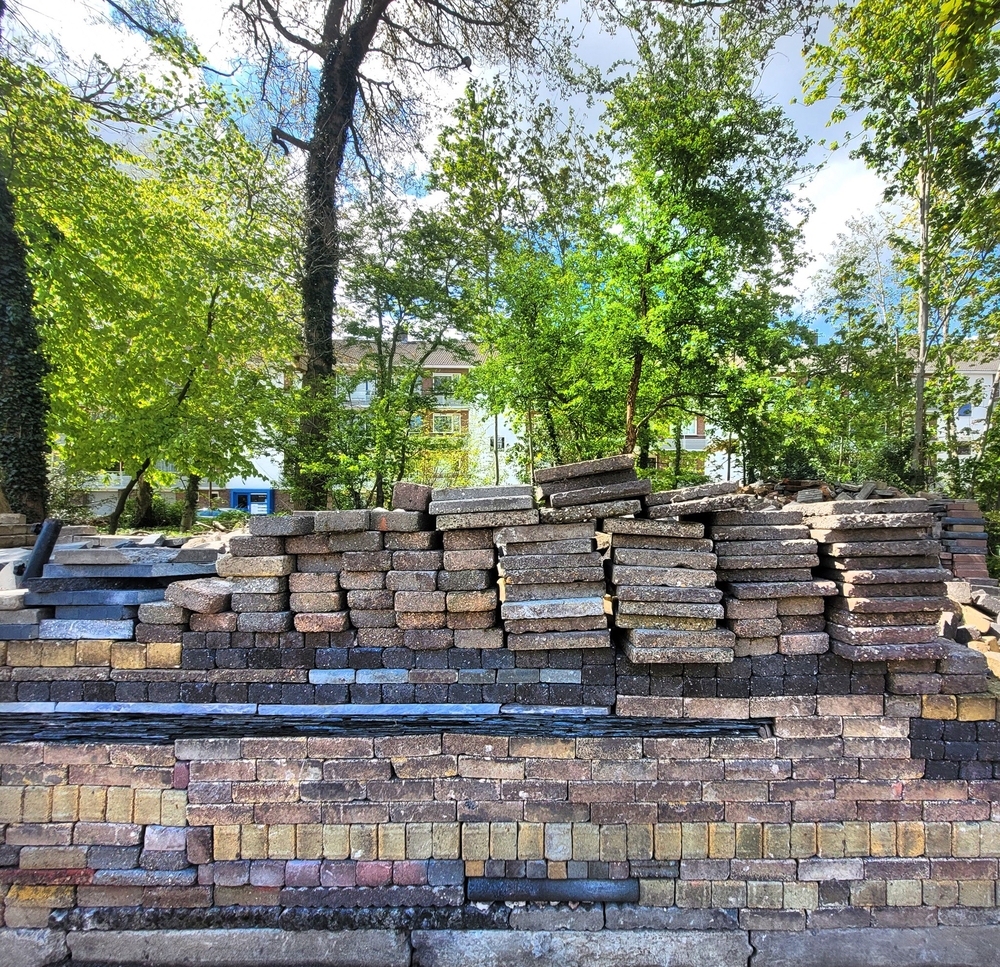In het wetenschappelijke, engelstalige artikel "Eco-cathedric city: Rethinking the Human–Nature Relation in Urbanism" beschrijft Rob Roggema zeer gedetailleerd hoe we ecokathedrale steden zouden kunnen realiseren.
In dergelijke steden zou niet de mens overal centraal komen te staan, maar er zou plek moeten komen voor natuurlijke langetermijnprocessen ( Roggema spreekt van eco-time), waarbij complexiteit en toeval omarmd worden. Hierin herkennen we duidelijk de visie van Louis Le Roy, die dan ook in dit artikel genoemd worden. Een citaat:
"The eco-cathedral which was built by Louis le Roy in the northern part of the Netherlands illustrates the role of nature in the building process. Le Roy defined such a Gesammtkunstwerk as a spatial landscape or urban structure, based on mutual participation between humans, plants, and animals which may develop—endlessly in space and time—to a natural climax form of culture and nature. The free, creative energy of people is used to build something beautiful together, to surrender it to nature, to build again, to surrender, and so on. It is especially important to give the building system time, as nature develops very slowly. That is why an eco-cathedral has no final realization date. The project will continue as long as nature is allowed to take its course.
Moreover, nature practices a very effective way of using, reusing, and returning resources: it is a regenerative system with the aims to sustain and develop its ecosystem over a longer period. Year after year, its processes are directed towards the growth of the ecosystem."
Lees het hele artikel hieronder of download de PDF
3.69 MB







